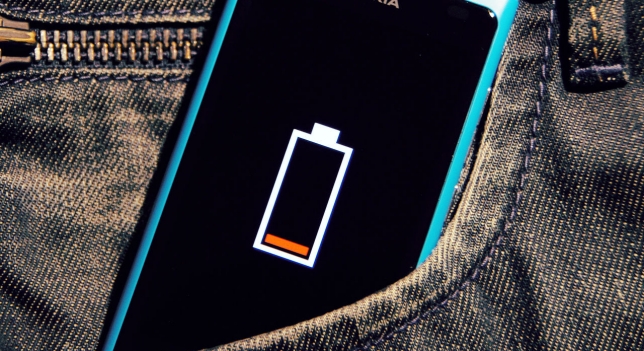Wireless chips are an increasingly important part of day-to-day life. We use contactless cards to pay for goods, they have replaced travel tickets, and many people even use embedded chips to access their offices at work.
But almost every chip required another plastic card – pretty soon you end up with a wallet full of contactless cards. Which is why some individuals have taken an extreme approach that allows them to do away with the cards altogether.
Embedding embedded chips
The chip inside a contactless card which provides all the clever intelligent functionality is actually extremely small. In fact, it is probably no larger than a grain of rice – which means that most of the plastic card it is embedded in is just wasted space.
As a result, some people are choosing to have the chips surgically implanted in their skin. The process is very similar to the microchipping technique used to help identify lost pets.
Once implanted, you can never leave home without your contactless card again. It also means that you can tell your friends you’re a bionic human!
Gaining acceptance
What was once a niche hobby for hardware hackers and geeks is now gaining more widespread acceptance. One American firm – Three Square Market – is even offering these wireless bionic implants to employees, replacing traditional door access cards and cash payments in the office canteen.
Other businesses are already looking at ways to take these implants to the next level. More than simply replacing existing electronics systems, they are looking at ways to enhance our biological capabilities. Some hope that one day humans will be able to navigate in the dark using echolocation like a bat, or to see colours in the normally-invisible infra-red spectrum for instance.
Obviously, there are ethical questions about these kinds of projects, but there are also concerns about security. If people are worried about AI being hacked and destroying the world, should they not have the same fears about bionic humans who meld biology and wireless technology?
There are already some serious issues to consider
The reason that existing implants work so well is because they simply replicate existing systems. Embedding your bank card’s chip under the skin allows you to tap-and-pay in-store for instance. But in the same way that someone can “skim” your contactless card to steal cash, criminals could also scan the card under your skin without your permission. People with embedded chips will need to pay extra attention to where they put their hands if they want to avoid being scammed!
On the plus side, current embedded chips are not designed to perform serious computing activities. Hackers may be able to read the chip contents without permission, but they cannot (yet) upload viruses or other malware to them. And because these chips are not connected to the human nervous system, they cannot be used to take over someone’s body.
As bionic chips improve, bionic hacking will undoubtedly become a real issue. Fortunately, technology has not yet brought us to that point. Which is great news for early adopters of implanted chips.





1 comment